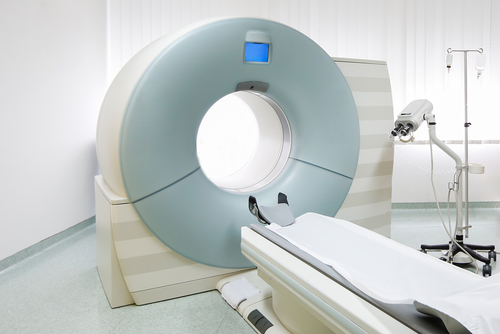 James L. Mulshine, professor and Vice President at Rush University Medical Center and member of the Board of Trustees for the Lung Cancer Alliance and Prevent Cancer Foundation, recently advocated for increased CT Screening during the 15th Annual International Lung Cancer Conference.
James L. Mulshine, professor and Vice President at Rush University Medical Center and member of the Board of Trustees for the Lung Cancer Alliance and Prevent Cancer Foundation, recently advocated for increased CT Screening during the 15th Annual International Lung Cancer Conference.
The physician noted that the recent decision of the US Preventive Services Task Force (USPSTF) to annually screen asymptomatic, high-risk patients was a “healthy decision,” with more benefits than risks, according to Beth Fand Incollingo’s article on OncLive.
Referring to tobacco-related disease, Mulshine reminded those at the conference that tobacco use causes 50% of early death, and is also the primary cause for lung cancer, facts relevant enough to consider it a “big public health problem,” he said.
Mulshine referred to statistics to underscore the importance of CT among a wide patient demographic, both smokers and former smokers alike, for whom the risk of developing cancer “never returns to normal.” “For a 75-year-old who has never smoked, the risk is <1%; for someone who stopped smoking at age 30, the risk is <2%; for someone who stopped at age 50, the risk is about 6%; and for someone who is still smoking, it’s 16%,” he said.
Nevertheless, he added, quitting smoking still decreases risks for developing lung cancer, thus smoking cessation is encouraged.
During his presentation, Mulshine also highlighted the benefits of CT as a diagnostic tool, which helps in determining when a patient is more vulnerable to aggressive types of cancer or with drug development for early treatment of the disease. In addition, he continued, CT not only helps detect possible cases of cancer, but also chronic obstructive pulmonary disease and artery obstruction with only one exam, reducing the costs.
Opponents of this generalized use of CT scanning argue that the cost is prohibitive. However, Mulshine notes that CT is less expensive than other screenings for other types of cancer — 76 cents per insurance plan for CT compared to $3 for breast cancer, per member per month, he calculates.
For those who believe that the increase in radiation exposure could be a health concern, Mulshine noted the low levels of radiation that are now used in CT scans, thanks in part to next-generation technology. “With a 5-mm cutoff, investigators found, 3396 scans lead to the diagnosis of 119 actual lung cancers, while with a 9-mm cutoff, just 838 scans would have to be done to reveal 111 actual lung cancers.” It is a matter of adjustment, he said. “The NCCN has already changed its treatment guidelines to suggest a 6mm cutoff.”
Another argument used against CT is that it poses a high rate of possible errors and that false positives could cause more anxiety in patients. However, recent research previously published on Lung Cancer News Today also suggests the lack of evidence supporting this idea.
The USPSTF defines high risk lung cancer patients as those who are aged 55 to 80 years with a 30-pack-per-year smoking history, and as those who quit smoking in the last 15 years. The USPSTF based its findings on the National Lung Screening Trial, which suggested that patients followed for 6 years with CT screening had a 20% decrease in mortality compared to those only screened with x-rays.
Given the positive data, Mulshine believes that the CMS and other health insurance organization will soon come to cover an increased use of CT screening for lung cancer, and that after November “I think you’ll see a much bigger uptake.”


